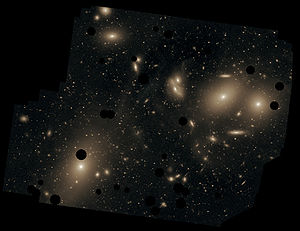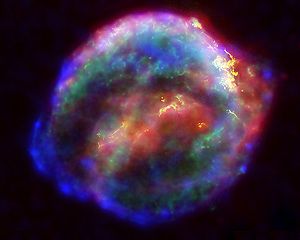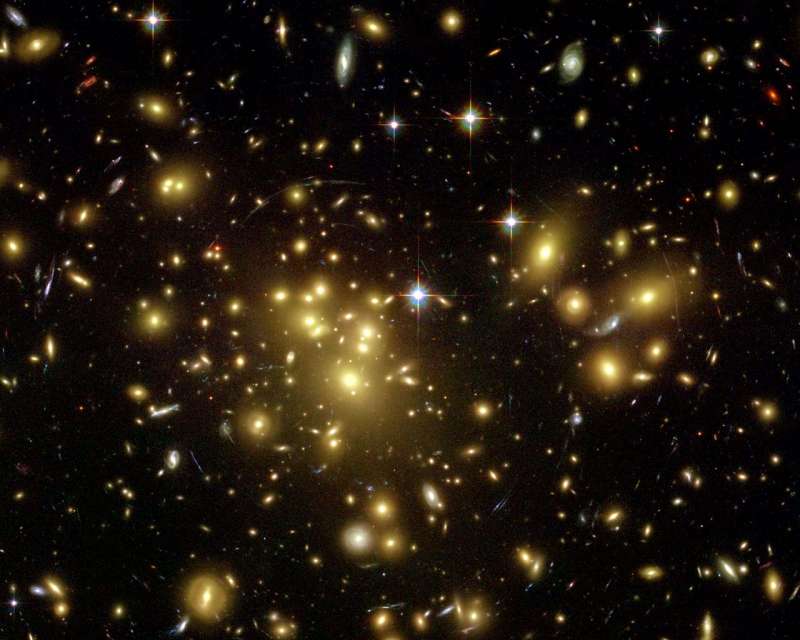
A couple of months ago, I was following a Q&A with Dr. Jason Lisle, the astronomer and logic master who works with the Institute for Creation Research. I liked his answer to questions about ‘how far away are the stars we see?’ and ‘are more distant stars appearing all the time?’ so much I’m passing it on to you all.
“All the stars you can see with your naked eye are very close (well, astronomically speaking) – a few hundred light years. One of the most distant bright stars visible to the naked eye is Deneb, which is about 2000 light years away. So, distant starlight is not an issue for any naked eye stars, regardless of which model is used. It is the much more distant stars visible in telescopes that are of interest.
“The reason you can’t find an answer to “what is the farthest known star” is that there really isn’t one star that can be identified as the most distant. I can tell you that with our best telescopes, we can see individual stars in galaxies as far away as the Virgo cluster. The Virgo cluster is a massive group of galaxies at a distance of about 50 million light-years, where 1 light-year is about 6 trillion miles. That’s about the limit at which ordinary, stable stars have been seen. Many thousands of the brighter stars are visible in these galaxies, and there is no way to know which one is actually the most distant; they are all roughly the same distance.

“Beyond that distance we can only see the combined light from all the stars in a galaxy, unless one of the individual stars explodes – a supernova. The farthest distance that supernovae have been observed is around 9 billion light-years I believe. Galaxies have been observed at even greater distances, over 13 billion light-years (though there is some ambiguity as to how the distances are determined at such a high redshift).
“Your question about seeing more stars as their light finally reaches earth is a very good. The answer depends on what model of cosmology is chosen. In other words, if we pointed the Hubble telescope deep in space and took an image, and then pointed it exactly in the same region a few years later (which has been done), would we see new stars/galaxies in the second image since their light finally reached earth in the time between these two images? Some models predict ‘yes’, other models predict ‘no.’
“In my ASC model, the answer would be no, because light travel-time is reduced to zero for all stars and galaxies in that model. The big bang model would also predict no, but for a different reason; In the big bang model, as we look out we are seeing the universe at progressively earlier stages of development, all the way back to a “time” when there were no galaxies. However, I believe that Humphreys’ starlight model does allow for this.”
-Dr. Jason Lyle
Sing, O ye heavens; for the LORD hath done it: shout, ye lower parts of the earth: break forth into singing, ye mountains, O forest, and every tree therein: for the LORD hath redeemed Jacob, and glorified himself in Israel.
Thus saith the LORD, thy redeemer, and he that formed thee from the womb, I am the LORD that maketh all things; that stretcheth forth the heavens alone; that spreadeth abroad the earth by myself; That frustrateth the tokens of the liars, and maketh diviners mad; that turneth wise men backward, and maketh their knowledge foolish; That confirmeth the word of his servant, and performeth the counsel of his messengers; that saith to Jerusalem, Thou shalt be inhabited; and to the cities of Judah, Ye shall be built, and I will raise up the decayed places thereof: Isaiah 44:23-26





